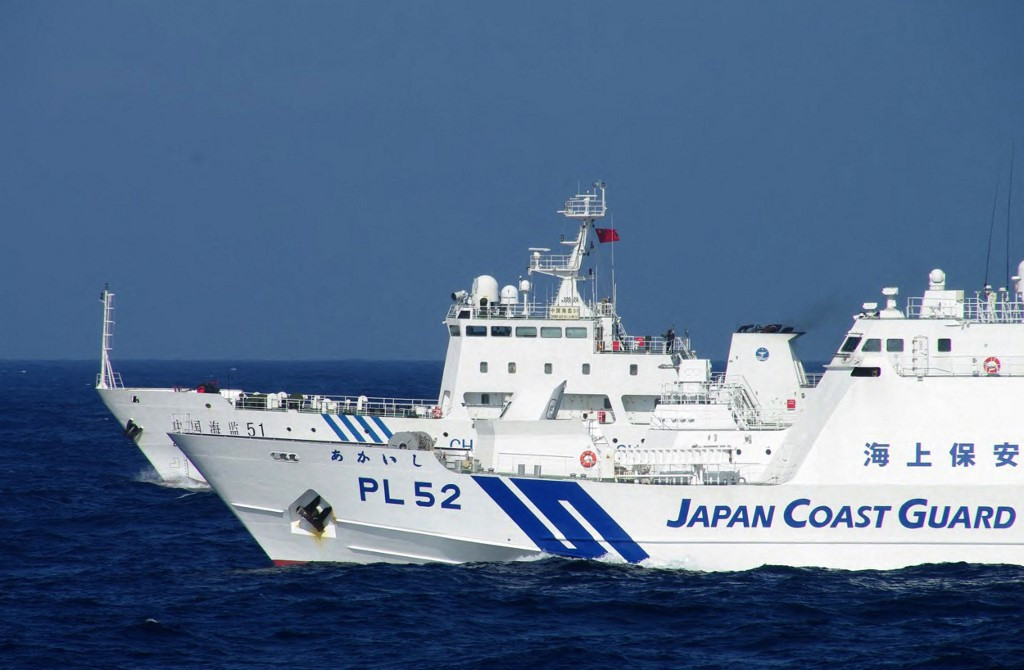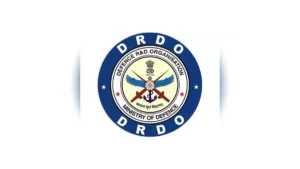The Indian and Japanese Coast Guards have recently conducted a successful joint exercise named ‘Sahyog Kaijin’ off the coast of Chennai. This exercise is a part of the ongoing collaboration between the two countries under the Memorandum of Cooperation (MoC) signed in 2006. The joint exercise, which commenced on January 8, focused on enhancing interoperability and sharing best practices in maritime law enforcement, search and rescue operations, and pollution response at sea.
Highlights of the ‘Sahyog Kaijin’ Exercise
- Participating Vessels: The exercise involved the Indian Coast Guard Ship (ICGS) Shaurya and the Japan Coast Guard Ship (JCGS) Yashima, along with other support vessels and aircraft.
- Simulated Scenarios: The drill included a simulated collision between two vessels, MT Matsyadristi and MV Anveshika, resulting in a fire on board MT Matsyadristi and a subsequent crude oil spill. The rapid response and rescue operations were a focal point of the exercise.
- Search and Rescue Operations: The exercise demonstrated efficient coordination in responding to distress signals, with fast patrol vessels and aircraft swiftly locating and rescuing the crew, followed by effective firefighting and pollution mitigation efforts.
- Cultural and Professional Exchange: Besides the tactical training, the exercise also included cultural interactions and sports events, fostering camaraderie and fellowship between the personnel of both coast guards.
- Focus Areas: The primary areas of focus included pollution response training on hazardous and noxious substances, real-time response to chemical pollution at sea, anti-piracy measures, and search and rescue procedures.
Significance of ‘Sahyog Kaijin’
- Strengthening Bilateral Ties: The exercise underscores the strong maritime cooperation between India and Japan and aids in further strengthening their ties and mutual understanding.
- Enhancing Interoperability: The drill provided an opportunity for both coast guards to enhance interoperability in communication, search and rescue procedures, and pollution response strategies.
- Sharing Expertise and Best Practices: The exchange of expertise and best practices during the exercise enriches the capabilities of both forces in effectively managing maritime challenges.
- Regional Stability and Security: Such exercises contribute to the stability and security of the region by ensuring preparedness against maritime threats and emergencies.
Important Questions Related to Exams
Q1. What is the name of the joint exercise recently conducted by the Indian and Japanese Coast Guards?
a) Sea Guardian
b) Sahyog Kaijin
c) Maritime Sentinel
d) Pacific Harmony
Q2. Which vessels participated in the exercise from the Indian and Japanese Coast Guards?
a) ICGS Yashima and JCGS Shaurya
b) JCGS Yashima and ICGS Shaurya
c) ICGS Matsyadristi and JCGS Anveshika
d) JCGS Matsyadristi and ICGS Anveshika
Q3. What was the focus of the simulated scenario during the exercise?
a) Earthquake response
b) Piracy prevention
c) Collision and oil spill
d) Humanitarian aid
Q4. Which ship experienced a fire and oil spill during the simulated scenario?
a) MT Anveshika
b) ICGS Shaurya
c) JCGS Yashima
d) MT Matsyadristi
Q5. What is one of the objectives of the exercise besides tactical training?
a) Scientific research collaboration
b) Cultural interactions and sports events
c) Economic trade negotiations
d) Political discussions
Q6. When was the Memorandum of Cooperation (MoC) signed between India and Japan for such collaborative exercises?
a) 2006
b) 2010
c) 2015
d) 2020
Q7. In the exercise, what demonstrated efficient coordination in responding to distress signals?
a) Cultural exchange
b) Pollution response training
c) Search and rescue operations
d) Anti-piracy measures
Kindly share your responses in the comment section.




 Indian Navy to Commission First Indigeno...
Indian Navy to Commission First Indigeno...
 Rajnath Singh Inaugurates 125 Border Inf...
Rajnath Singh Inaugurates 125 Border Inf...
 DRDO Transfers Seven Indigenous Technolo...
DRDO Transfers Seven Indigenous Technolo...







